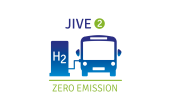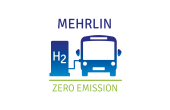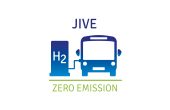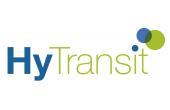The monitoring and analysis activities of JIVE project include capturing experiences, lessons learnt and best practice on the path to the commercialisation of Fuel Cell Buses (FCBs). Apart from an internal dimension of this work, results need to be for-warded to external stakeholders. They include decision makers from municipalities and regions, Public Transport Operators (PTOs) and Public Transport Authorities (PTAs) who consider adopting the technology. These, and actors such as policy makers, mainly require high level and strategic information. There are also the “hands-on” people who have to run a project once a decision for FCBs has been made and who need practical details. Detailed information (including expectations of client cities) can also be important for technology suppliers.
To progressively document what works, a series of Best Practice and Commerciali-sation Reports has been scheduled, reflecting the progress of the projects. This doc-ument is the first of these. Its contents are based on the first two rounds of questionnaires and feedback in spring 2018 and winter 2018/19.
While formally this is a JIVE report, it contains information from both JIVE 2 and JIVE, to cover the full range of experiences up to the beginning of 2019, i.e. after about two years into JIVE and one year into JIVE 2. The second of these reports will be a joint JIVE 2 and JIVE submission, to be completed by the end 2019. Generally, there has been a considerable degree of consensus in the responses from JIVE when compared with JIVE 2 partners. This increases the reliability of the information, albeit a small cohort overall.
In line with the progress achieved at most sites by February 2019, this report concen-trates on Project Conceptualisation, Financing and Planning, and Procurement:
• Chapter 2 deals with Project Conceptualisation, including aspects such as reasons for participating and expectations of overall project outcomes, using findings from Round 1.
• Chapter 3 is concerned with sourcing Financing and with Planning for Hydrogen Refuelling Stations and for FCBs.
• Chapter 4 reports on Procurement. It also includes topics discussed in project meetings based on the evaluation of questionnaire feedback.
Both chapters 3 and 4 summarise what has been challenging in the local activities, what solutions could look like and recommendations. They also list some resources which have been most useful to the sites. These chapters are mainly based on find-ings from Round 2.
The report closes with a set of conclusions in Chapter 5.






